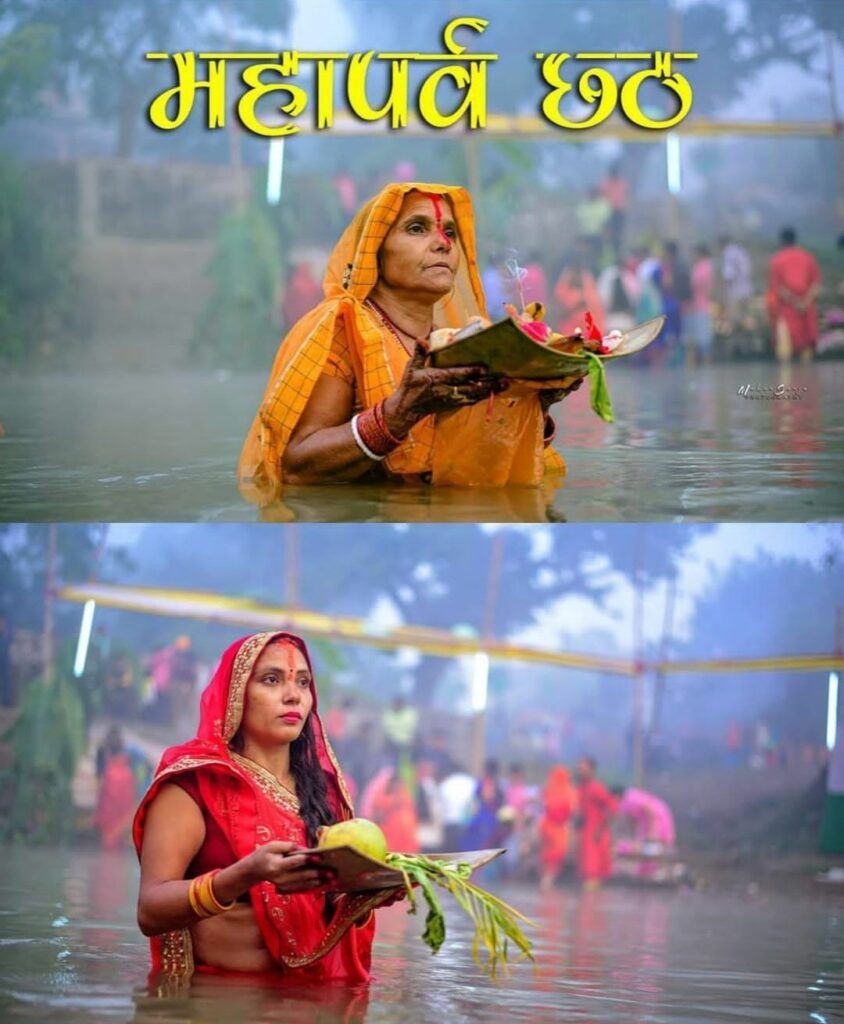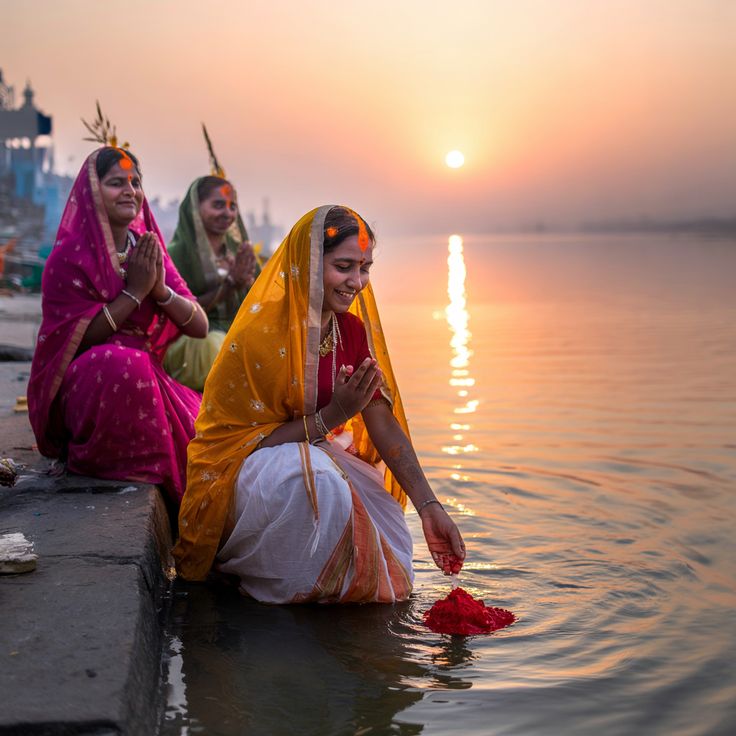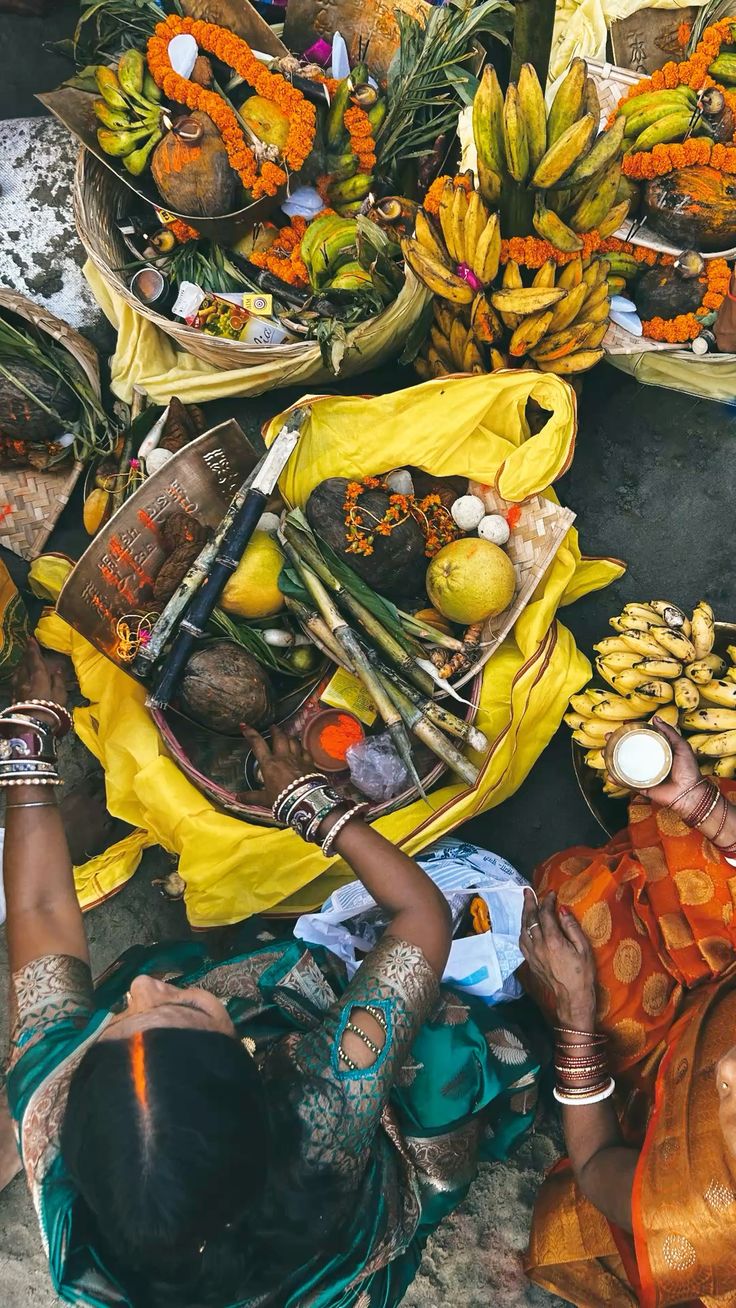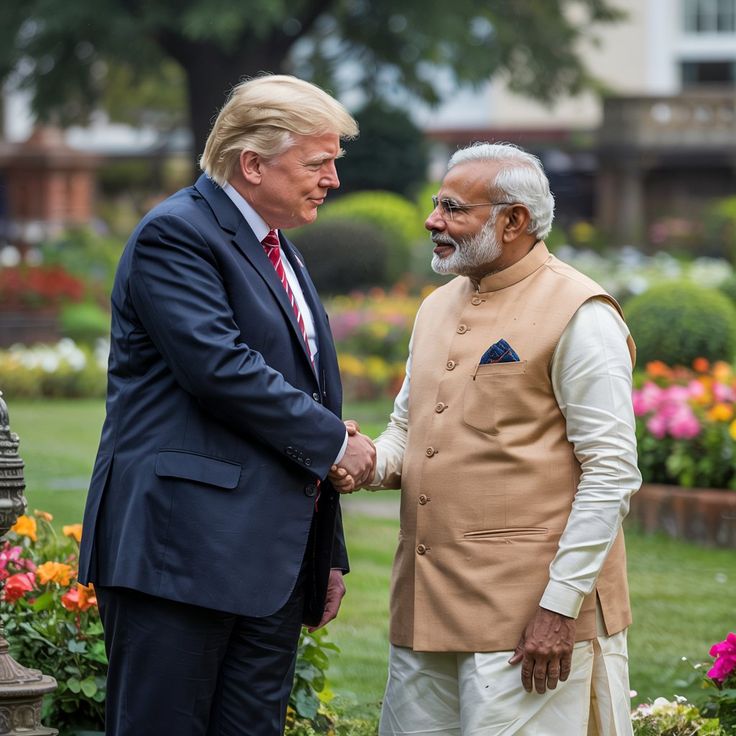Spiritual Fervor Grips Bihar as Chhath Mahaparv Commences
The sacred festival of Chhath Puja 2025 has begun with immense devotion and enthusiasm across Bihar, eastern Uttar Pradesh, Jharkhand, and parts of Nepal, as well as in global diaspora communities. The four-day festival, known for its discipline, purity, and nature worship, started on Saturday, October 25, with the ritual of Nahay Khay marking the first day of the Chhath Mahaparv, one of the most significant Hindu observances dedicated to Lord Surya (the Sun God) and Chhathi Maiya, the goddess who symbolizes strength, purity, and motherhood.
Across the banks of the Ganga, Kosi, and Punpun rivers, millions of devotees mostly women but also men and entire families performed the ceremonial bath and consumed a single meal made of kaddu-bhaat (pumpkin and rice) cooked in pure ghee. This meal, symbolic of inner and outer cleansing, represents the start of a rigorous spiritual journey spanning four days, culminating in Arghya offerings to the setting and rising sun.
The Essence of Chhath Mahaparv: A Festival of Purity, Devotion, and Nature
Unlike other Hindu festivals, Chhath Puja is marked by an extraordinary level of self-discipline, fasting, and eco-spirituality. Devotees abstain from even a drop of water during the fasting days, reflecting an unparalleled act of devotion and mental strength. The festival’s emphasis on purity, cleanliness, and simplicity resonates with its ancient roots celebrating the connection between humans and nature, the Sun’s life-giving energy, and the importance of gratitude.
Scholars note that Chhath predates many mainstream Hindu rituals, tracing its origins back to Vedic times, when the Sun was worshipped through mantras from the Rigveda. The practice of offering Arghya (water offerings) to the Sun God and Chhathi Maiya continues this timeless tradition, promoting both spiritual well-being and environmental consciousness.
Day 1: Nahay Khay — The Ritual of Purification
The opening day, Nahay Khay, marks the beginning of the devotees’ spiritual preparation. On this day, vratis (observers of the fast) take a holy dip in rivers or ponds, signifying the cleansing of the body and soul. Homes are thoroughly cleaned, and the kitchen is purified. The meal prepared on this day is simple yet symbolic pumpkin, chana dal (split gram lentil), and steamed rice, cooked in soil or bronze utensils to maintain ritual purity.
This act of Nahay Khay represents renunciation of impurities and the commitment to truth and self-control, setting the spiritual tone for the days to follow.
In Patna, Gaya, Muzaffarpur, Bhagalpur, and Ara, riverbanks came alive early in the morning as devotees gathered to bathe and perform prayers. Many were seen carrying kalash (pots) filled with holy water, chanting devotional songs such as “Kaanch hi baans ke bahangiya, bahangi lahanga mein chhathi maiya”, filling the air with faith and joy.
Day 2: Kharna — The Day of Gratitude and Preparation
The second day of Chhath, known as Kharna, will be observed on October 26, 2025. On this day, devotees maintain a fast throughout the day without even drinking water, breaking it only after sunset with a prasad (holy offering) made of gur (jaggery) and rice kheer cooked in milk. This kheer is shared with family, neighbors, and the community, symbolizing unity and divine blessings.
After Kharna, devotees begin their 36-hour nirjala vrat (waterless fast), the most intense phase of the festival. During this time, the mind, body, and soul are entirely devoted to prayers and preparations for Sandhya Arghya and Usha Arghya.
Day 3: Sandhya Arghya — Offering to the Setting Sun
The third day, October 27, will see the majestic celebration of Sandhya Arghya, the evening offering to the setting sun. Devotees, dressed in traditional attire women in saffron or yellow sarees and men in dhoti-kurta gather at riverbanks, ponds, and artificial water bodies to perform the Arghya ritual.
They carry soops (bamboo baskets) filled with seasonal fruits, sugarcane, coconuts, diyas (lamps), and the iconic thekua a traditional sweet made from wheat flour, jaggery, and ghee, prepared without any modern kitchen aids. This simplicity underscores the festival’s ethos of purity and sustainability.
The sight of thousands of lamps reflecting on river waters during Sandhya Arghya creates an ethereal aura, symbolizing gratitude to the setting Sun for sustaining life on Earth.
Day 4: Usha Arghya — Welcoming the Rising Sun
The concluding day of the festival, Usha Arghya, will be observed on October 28, 2025, when devotees offer prayers to the rising Sun. This ritual signifies hope, renewal, and the triumph of light over darkness. After offering Arghya, devotees break their long fast by sipping a few drops of holy water and eating prasad, marking the completion of their four-day spiritual journey.
Devotion Beyond Boundaries: Global Celebrations of Chhath Puja
While Bihar remains the heartland of Chhath Puja, the festival’s spirit transcends geographical boundaries. In Delhi, Mumbai, Kolkata, Lucknow, and Varanasi, communities have created temporary ghats for devotees. Overseas, Bihari and Nepali diaspora in the United States, United Kingdom, Canada, Mauritius, and the Middle East are celebrating Chhath with equal fervor, organizing events along lakes, rivers, and even rooftops with artificial water pools.
In New Jersey, the Bihar Foundation of America has arranged a special Chhath Puja at Raritan River Park, while Dubai’s Indian community has set up eco-friendly ghats near Al Qudra Lake to facilitate the observance. These global gatherings highlight how Chhath connects communities across continents, fostering unity through faith and cultural pride.
Government Measures: Security, Cleanliness, and Eco-Consciousness
With millions expected to gather along the Ganga and its tributaries, the Bihar government has implemented stringent security, health, and cleanliness measures. Chief Minister Nitish Kumar has directed all district administrations to ensure pollution-free ghats, proper lighting, and sanitation facilities.
In Patna, more than 5,000 sanitation workers have been deployed to clean ghats and remove plastic waste. Authorities have also installed CCTV cameras and medical response units at major ghats like Adalat Ghat, Digha, and Gandhi Ghat. Drone surveillance will ensure crowd management and prevent accidents.
Special trains and bus services have been scheduled by the Indian Railways and Bihar State Transport Corporation to accommodate the influx of devotees traveling home for the festival.
The National Green Tribunal (NGT) has also urged citizens to celebrate Chhath responsibly, avoiding harmful materials and ensuring that offerings do not pollute river waters. Eco-friendly idols, biodegradable items, and natural offerings have become central to this year’s celebrations.
Cultural and Social Significance of Chhath Puja
Chhath is more than a religious festival it is a symbol of resilience, faith, and feminine strength. The festival is predominantly observed by women, often referred to as “Vratis”, who lead their families in spiritual observance. The deep devotion seen during Chhath reflects the role of women as carriers of tradition, morality, and environmental balance.
Cultural historians describe Chhath as “India’s festival of the elements”, where water, fire, air, earth, and sunlight are worshipped together in harmony. It’s a profound reminder of the ancient Indian philosophy of coexistence with nature.
Additionally, Chhath plays a unifying social role. In villages and cities alike, people from all walks of life irrespective of caste, creed, or economic status come together to prepare ghats, distribute prasad, and participate in the prayers. The festival thus embodies social harmony and collective spirituality.
Traditional Offerings: Thekua, Fruits, and Faith
The prasad (offerings) used in Chhath Puja are deeply symbolic. The thekua, a sweet biscuit made of wheat flour and jaggery, represents simplicity and purity. Bananas, sugarcane, coconuts, radishes, and seasonal fruits form the core offerings, all symbolizing fertility and nature’s abundance.
All food is prepared without onions, garlic, or artificial ingredients. Even modern cooking appliances are avoided everything is cooked on traditional clay chulhas using mango-wood fuel, maintaining the sanctity of natural living.
Voices of Devotion: Chhath in the Words of the Faithful
Speaking at Gandhi Ghat in Patna, devotee Anita Devi said, “Chhath is not just a puja; it’s our identity. It teaches us patience, purity, and respect for nature. Every year, I feel renewed after this festival.”
Another devotee, Rajesh Kumar from Muzaffarpur, noted, “Even after living in Delhi for years, I return to my village for Chhath. It connects me to my roots, to my ancestors, and to my land.”
Spiritual Message of Chhath Puja
The spiritual philosophy behind Chhath lies in balance, discipline, and gratitude. By fasting, devotees purify their minds and bodies; by worshipping the Sun, they acknowledge the divine source of energy sustaining all life. The rituals also symbolize the journey from darkness to light, mirroring humanity’s eternal pursuit of truth and harmony.
The scientific community also notes that sun worship during sunrise and sunset when ultraviolet radiation is minimal promotes mental calmness and physical rejuvenation. Thus, Chhath Puja blends spirituality and science in a harmonious ritual.
Chhath Puja 2025 — A Timeless Celebration of Faith and Nature
As the sacred festival of Chhath Puja 2025 unfolds across Bihar and the world, it stands as a living testament to India’s ancient traditions and ecological wisdom. In an age of modernity, the festival reminds humanity of the need to reconnect with nature, uphold purity, and live in gratitude for the cosmic forces that sustain life.
From the first ritual bath of Nahay Khay to the concluding Arghya at dawn, Chhath Mahaparv is a spiritual odyssey of self-restraint, devotion, and unity. It celebrates not just the Sun God but the very essence of human endurance, feminine strength, and environmental harmony.
As millions join in chants of “Jai Chhathi Maiya!”, the message of Chhath echoes far beyond the ghats a reminder that in purity and faith lie the true light of life.
Related News: Read More







